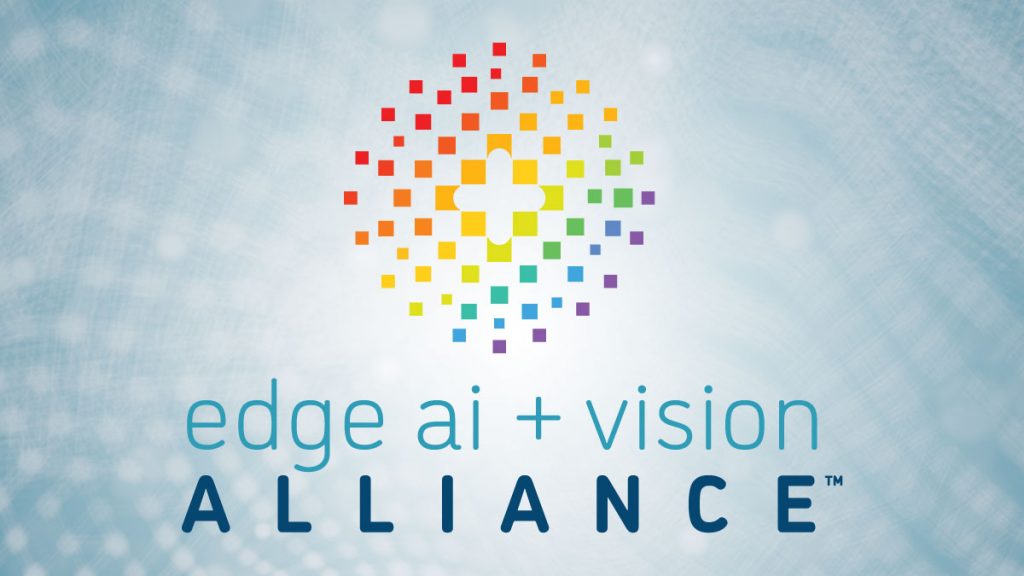NEW APPROACHES TO VISION AND MULTIMEDIA AT THE EDGE |
|
How Qualcomm Is Powering AI-Driven Multimedia at the Edge |
|
A Re-imagination of Embedded Vision System Design |
RAPID DEVELOPMENT OF VISION SOLUTIONS |
|
Rapid Development of AI-powered Embedded Vision Solutions—Without a Team of Experts |
|
Beyond the Demo: Turning Computer Vision Prototypes into Scalable, Cost-effective Solutions |
FEATURED NEWS |
|
Renesas’ 1-GHz RA8P1 Devices with AI Acceleration Raise the MCU Performance Bar Chips&Media’s New APV CODEC Delivers Enhanced Visual Quality VeriSilicon’s Silicon-proven ZSP5000 Vision Core Series Expands Its DSP Portfolio for Edge Intelligence FRAMOS’ ImagingNext Event for Embedded Vision Takes Place in Munich, Germany in September Cadence’s Tensilica NeuroEdge 130 AI Co-processor Accelerates Physical AI Applications |
EDGE AI AND VISION PRODUCT OF THE YEAR WINNER SHOWCASE |
|
Visidon Real-time Video Noise Reduction (Best Edge AI Software or Algorithm) Visidon’s Real-time Video Noise Reduction is the 2025 Edge AI and Vision Product of the Year Award Winner in the Edge AI Software or Algorithm category. Visidon’s AI-powered Video Noise Reduction technology significantly enhances low-light video quality for surveillance and security applications by addressing key shortcomings of traditional ISP-based methods. Conventional noise reduction often compromises essential image details, resulting in blurred footage that can obscure critical information, particularly in extremely low-light conditions. In contrast, Visidon’s advanced convolutional neural network (CNN) technology effectively overcomes these limitations, delivering clarity and detail even in environments as dark as 0.01 lux. Visidon employs a purpose-built, AI-optimized algorithm specifically designed for surveillance applications. This approach enhances object detection accuracy, improving recognition rates by up to 50% compared to footage processed with traditional ISP noise reduction. With real-time performance as a priority, the technology utilizes high-efficiency neural processing units (NPUs) in smart cameras, allowing for seamless and power-efficient deployment on embedded devices. This capability ensures high-quality noise reduction without compromising energy consumption or device compatibility. Unlike other solutions that focus on producing visually appealing outputs for consumer devices, Visidon’s technology prioritizes optimization for machine vision. By preserving crucial details essential for analytics and object recognition, it delivers unmatched precision for demanding applications such as smart surveillance. With the growing integration of high-performance NPUs in smart surveillance cameras, Visidon’s CNN-based approach can be implemented effortlessly, resulting in a transformative improvement in video quality during low-light scenarios. Please see here for more information on Visidon’s Real-time Video Noise Reduction. The Edge AI and Vision Product of the Year Awards celebrate the innovation of the industry’s leading companies that are developing and enabling the next generation of edge AI and computer vision products. Winning a Product of the Year award recognizes a company’s leadership in edge AI and computer vision as evaluated by independent industry experts. |







